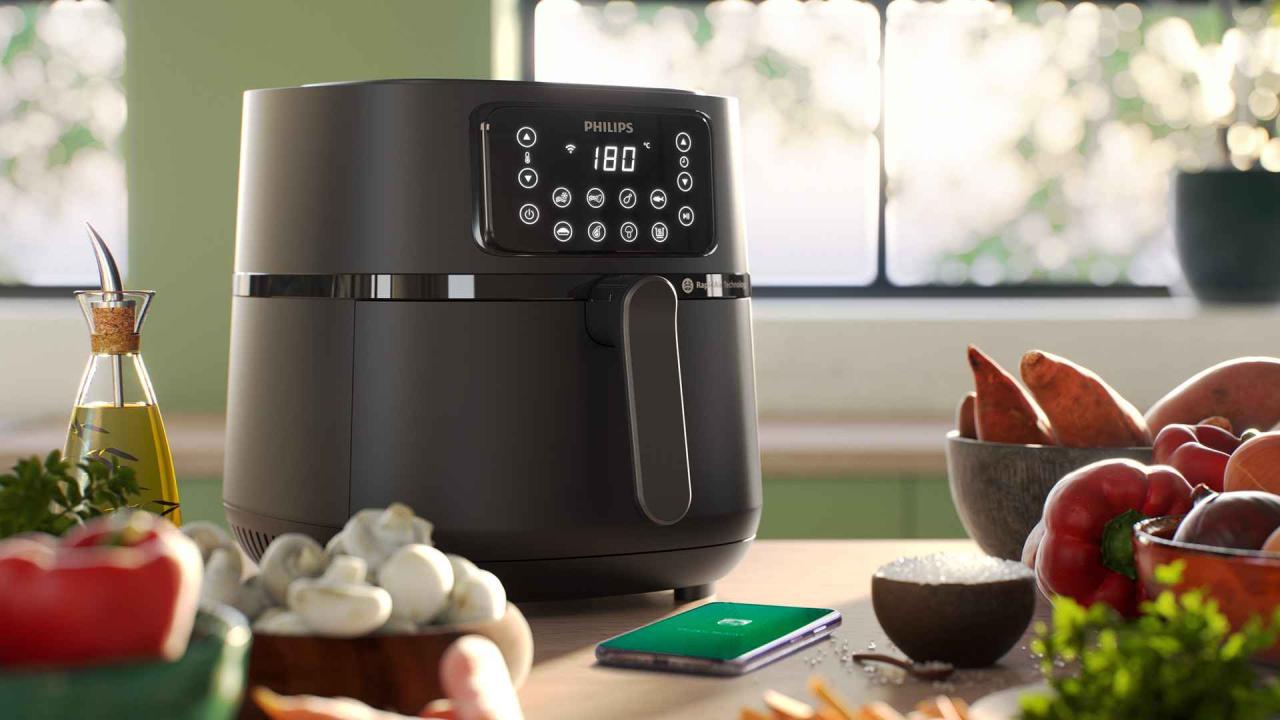philips hue homekit integrates cutting-edge lighting technology with convenient smart home functionality, allowing users to create personalized environments with ease.
This innovative system combines the versatility of Philips Hue bulbs with Apple’s HomeKit, providing a seamless experience for lighting control, automation, and integration with other smart devices. Users can customize their lighting based on mood, enhance security, and optimize energy efficiency, all while embracing the modern smart home lifestyle.
Features of Philips Hue HomeKit

Philips Hue’s integration with HomeKit offers a seamless smart lighting experience, allowing users to control their lighting setup with ease and precision. This compatibility enhances both the functionality and convenience of home automation, bringing a new level of sophistication to everyday lighting needs.
The Philips Hue smart lighting system is designed to work effortlessly with Apple’s HomeKit, providing users with enhanced features and controls. One of the primary advantages of integrating Philips Hue with HomeKit is the ability to control your lights using Siri, Apple’s voice assistant. This hands-free capability allows for a more accessible and user-friendly environment. Furthermore, HomeKit supports robust automation features, enabling users to create personalized lighting scenes and schedules that enhance their daily routines.
Key Features of Philips Hue with HomeKit
Philips Hue lights come equipped with several features when integrated with HomeKit, making it a powerful lighting solution. Below are the notable aspects of this technology integration:
- Voice Control: Users can easily adjust brightness, color, and scenes using Siri commands, providing a hands-free experience.
- Remote Access: Control your Philips Hue lights from anywhere using the Home app on your iPhone or iPad, ensuring convenience whether at home or away.
- Automation and Scenes: Create custom lighting schedules and scenes that can automatically adjust depending on the time of day or specific events, enhancing the living space’s ambiance.
- Integration with Other HomeKit Devices: Philips Hue seamlessly interacts with other HomeKit-enabled devices, allowing for comprehensive home automation solutions that connect various smart home elements.
- Security Features: Users can set their lights to simulate occupancy while away from home, providing an added layer of security.
Advantages of Using Philips Hue with HomeKit Technology
Integrating Philips Hue with HomeKit technology brings several advantages that enhance the smart home experience. These benefits include:
- Enhanced Compatibility: Philips Hue lights work flawlessly with a wide range of HomeKit-compatible devices, ensuring a cohesive smart home ecosystem.
- User-Friendly Interface: The Home app offers an intuitive interface that simplifies control and management of Philips Hue lights and other smart devices.
- Enhanced Privacy and Security: HomeKit’s end-to-end encryption ensures that your data remains private and secure while controlling your Philips Hue lights.
- Regular Updates: Phillips continuously enhances HomeKit compatibility, ensuring that users benefit from the latest features and improvements.
Interaction with Other HomeKit-Enabled Devices
Philips Hue lights can interact with various HomeKit-enabled devices, creating a unified smart home experience. This interaction allows for increased functionality and convenience.
- Lighting Integration: Philips Hue can be synchronized with other smart lighting products, allowing for coordinated lighting effects throughout the home.
- Climate Control: Coupling Philips Hue lights with smart thermostats can create scenes where lighting adjusts based on temperature settings.
- Security Systems: Philips Hue can be linked to home security systems so lights can flash or change color during alerts, ensuring users are immediately informed of any issues.
The integration of Philips Hue with HomeKit not only enhances the user experience but also creates an ecosystem of interconnected devices that elevate everyday living.
Setting Up Philips Hue with HomeKit: Philips Hue Homekit

Integrating Philips Hue lights with Apple HomeKit can elevate your smart home experience, enabling seamless control and automation of your lighting through Siri and the Home app. This process, although straightforward, requires attention to detail to ensure everything functions smoothly. Below is a comprehensive guide to help you through the setup process, along with troubleshooting tips and optimization strategies.
Step-by-Step Guide to Setting Up Philips Hue with HomeKit
The setup process includes several key steps that ensure your Philips Hue lights work harmoniously within the HomeKit ecosystem. Follow these instructions to establish a successful connection:
- Ensure Compatibility: Verify that your Philips Hue Bridge and light bulbs are compatible with Apple HomeKit. You will need a Hue Bridge (version 1.1 or higher) and Hue bulbs.
- Connect the Hue Bridge: Plug the Hue Bridge into a power outlet and connect it to your Wi-Fi router using an Ethernet cable. Wait for the bridge to power on completely.
- Download the Philips Hue App: Install the Philips Hue app from the App Store on your iOS device. Create an account or log in if you already have one.
- Set Up Hue Bridge in the App: Open the Philips Hue app, select “Set up,” and follow the on-screen instructions to detect and pair with your Hue Bridge.
- Add HomeKit Integration: Access the “Settings” within the Hue app, select “HomeKit & Siri,” and follow the prompts to generate a HomeKit setup code.
- Use Home App for Setup: Open the Apple Home app on your iOS device. Tap the “+” icon, select “Add Accessory,” and scan the HomeKit setup code displayed in the Hue app. If prompted, follow any additional instructions.
- Organize Your Lights: Once connected, you can assign names and rooms for your Hue lights within the Home app for better management.
Troubleshooting Common Setup Issues, Philips hue homekit
Despite a well-defined setup process, some users may encounter difficulties. Below are common issues and solutions that can assist in resolving them quickly.
“Ensure your devices are on the same Wi-Fi network.”
- Hue Bridge Not Detected: Check if the Hue Bridge is powered on and connected to your router. Restart both the Bridge and your router if necessary.
- HomeKit Code Issues: Ensure that you are scanning the correct HomeKit setup code. If problems persist, try generating a new code from the Hue app.
- Lights Not Responding: Verify that the light bulbs are powered on and within range of the Hue Bridge. Reset the bulbs if they remain unresponsive.
- Wi-Fi Connectivity Problems: Confirm that your iOS device and Hue Bridge are connected to the same Wi-Fi network. A separate guest network can cause connectivity issues.
Tips for Optimizing Philips Hue Performance in a HomeKit Environment
To ensure that your Philips Hue system performs optimally within the HomeKit ecosystem, consider these strategies:
“Regularly update your firmware and app for the best performance.”
- Firmware Updates: Regularly check for and install firmware updates for both the Hue Bridge and the Philips Hue app to benefit from improved features and stability.
- Utilize Automations: Use the Home app to set up automations for your lights based on various conditions such as time of day, location, or sensor triggers.
- Group Lights Effectively: Organize your lights into groups based on rooms or scenes in the Home app to simplify control and maximize efficiency.
- Optimize Wi-Fi Signal: Ensure that your Wi-Fi router is positioned optimally to provide a strong signal to the Hue Bridge and bulbs, minimizing connectivity issues.
Use Cases for Philips Hue HomeKit Integration
Integrating Philips Hue with Apple HomeKit opens up a world of possibilities for automating and enhancing your home lighting experience. From creating the perfect ambiance for movie nights to ensuring your home remains secure while you’re away, the synergy between these two technologies can transform your living space into a smart sanctuary. Below are some creative and practical use cases for utilizing Philips Hue with HomeKit.
Creative Automation of Lighting
One of the most exciting aspects of Philips Hue and HomeKit integration is the ability to automate your lighting in unique ways. By leveraging the Home app, users can create various automation scenarios tailored to their lifestyle.
- Wake-Up Routine: Set your Hue lights to gradually brighten as your morning alarm goes off, simulating a natural sunrise. This gentle light can help you wake up more naturally and feel refreshed.
- Leave Home Automation: When you leave home, have your lights automatically turn off to save energy. Conversely, set them to turn on at sunset, creating a welcoming environment without manual intervention.
- Party Mode: Create a special “Party” scene that sets your lights to flash in vibrant colors and syncs with music playing through your HomePod, transforming your space into a lively atmosphere.
Enhancing Home Security
Philips Hue lights can play a significant role in enhancing your home security through strategic integration with HomeKit. By automating lights to mimic your presence, you can deter potential intruders.
- Vacation Mode: When you’re away, set up a schedule for your lights to turn on and off at different times, mimicking your daily routine. This can give the illusion that someone is home, potentially reducing the risk of break-ins.
- Security Alerts: Integrate Philips Hue with motion sensors. When motion is detected outside or in entryways, your lights can flash or turn on, alerting you to potential intruders.
- Night Lighting: For added safety, set your outdoor lights to turn on automatically at night, providing visibility around your property and deterring unwanted guests.
Improving Ambiance for Entertainment Experiences
Creating the right atmosphere is essential for any entertainment experience. Philips Hue lights can be easily adjusted to set the mood for different activities, enhancing your enjoyment.
- Movie Night: Use the Home app to dim the lights gradually as your movie starts. You can even set specific scenes, such as a soft blue or warm amber, to enhance the cinematic experience.
- Game Night: Set your lights to a vibrant color palette that matches the theme of your game. For instance, if you’re playing a fantasy game, opt for greens and purples to immerse yourself in the adventure.
- Reading Time: For quiet evenings, automate your reading lamps to provide warm, soft lighting in your living room or bedroom, making it easier on the eyes and improving focus.
Comparing Philips Hue with Other Smart Lighting Solutions

The smart lighting market has seen a surge in popularity, presenting users with various options to illuminate their homes. Philips Hue stands out as a frontrunner, particularly for those utilizing Apple HomeKit. However, understanding how Philips Hue compares to other smart lighting solutions is crucial for making informed decisions.
Several factors differentiate Philips Hue from its competitors, such as ecosystem integration, lighting quality, and user experience. Below, we delve into the specifics that set Philips Hue apart and highlight the advantages of its comprehensive ecosystem.
Key Differences Between Philips Hue and Other Smart Lighting Brands
Philips Hue’s robust ecosystem offers unique features that distinguish it from competitors like LIFX, Wyze, and Sylvania. Below are some of the critical aspects that reflect these differences:
- Ecosystem Compatibility: Philips Hue seamlessly integrates with a wide range of smart home platforms, especially Apple HomeKit, providing users with a unified control experience. Other brands may have limited compatibility.
- Lighting Quality: Philips Hue bulbs provide superior color accuracy and brightness compared to many alternatives, ensuring vibrant and true-to-life lighting.
- Product Range: The Philips Hue product line includes a diverse array of bulbs, fixtures, and accessories, allowing for extensive setup customization, whereas competitors may offer a narrower selection.
- Smart Features: Philips Hue includes advanced features such as geofencing and scheduling, enhancing automation options that might not be as refined in other brands.
- Community and Support: Philips Hue has a large user community and extensive support resources, making troubleshooting and integration easier than competing brands.
Benefits of Philips Hue’s Ecosystem Compared to Competitors
The advantages of choosing Philips Hue extend beyond mere compatibility. The following points illustrate the benefits of its ecosystem:
- Consistent Updates: Philips regularly updates its firmware and app, introducing new features and improving security, keeping the ecosystem fresh and functional.
- Easy Setup: The Philips Hue app provides a user-friendly interface for setup and management, making it accessible for all users, regardless of tech-savviness.
- Scalability: Users can easily expand their Philips Hue setup by adding more bulbs and accessories without the need for complicated configurations.
- Versatile Lighting Options: The ability to select from millions of colors and various white temperature ranges allows for personalized lighting experiences suited to different moods and occasions.
Comparison Chart of Features Offered by Philips Hue and Alternative Brands
The comparison chart below highlights the key features of Philips Hue alongside other popular smart lighting solutions, providing a clear visual representation of their capabilities:
| Feature | Philips Hue | LIFX | Wyze | Sylvania |
|---|---|---|---|---|
| HomeKit Compatibility | Yes | Limited | No | Limited |
| Color Options | 16 million | 16 million | 16 million | 16 million |
| White Temperature Range | 2000K – 6500K | 2500K – 9000K | 2700K – 6500K | 2700K – 6500K |
| Geofencing Support | Yes | No | No | No |
| Community Support | Extensive | Moderate | Limited | Moderate |
FAQ Corner
What devices are compatible with Philips Hue HomeKit?
Philips Hue bulbs and light strips are compatible with various HomeKit-enabled devices, including iPhones, iPads, and HomePod.
Can I control Philips Hue lights when I’m away from home?
Yes, as long as you have a Home Hub set up (like an Apple TV or HomePod), you can control your Philips Hue lights remotely.
Do I need a bridge to use Philips Hue with HomeKit?
Yes, a Philips Hue Bridge is necessary to connect your Hue lights to HomeKit and control them from your Apple devices.
Can I use voice commands with Philips Hue HomeKit?
Absolutely! You can use Siri to control your Philips Hue lights through HomeKit, making it easy to adjust settings hands-free.
Are there any subscription fees for using Philips Hue with HomeKit?
No, there are no subscription fees required to use Philips Hue with HomeKit; you only need to purchase the hardware.
When discussing innovative vehicles, the mobil samsung stands out with its cutting-edge technology and sleek design. This vehicle combines modern aesthetics with functionality, appealing to tech enthusiasts. Additionally, for users who appreciate robust smartphones, the s7 edge exemplifies high performance and a stunning display, making it a perfect companion for tech-savvy drivers.
The emergence of the s7 edge has redefined expectations in the smartphone market, especially with its distinctive curved display and powerful features. As users navigate their day, they might also find the mobil samsung to be an ideal vehicle, seamlessly integrating smart technology with driving, enhancing every journey with convenience and style.